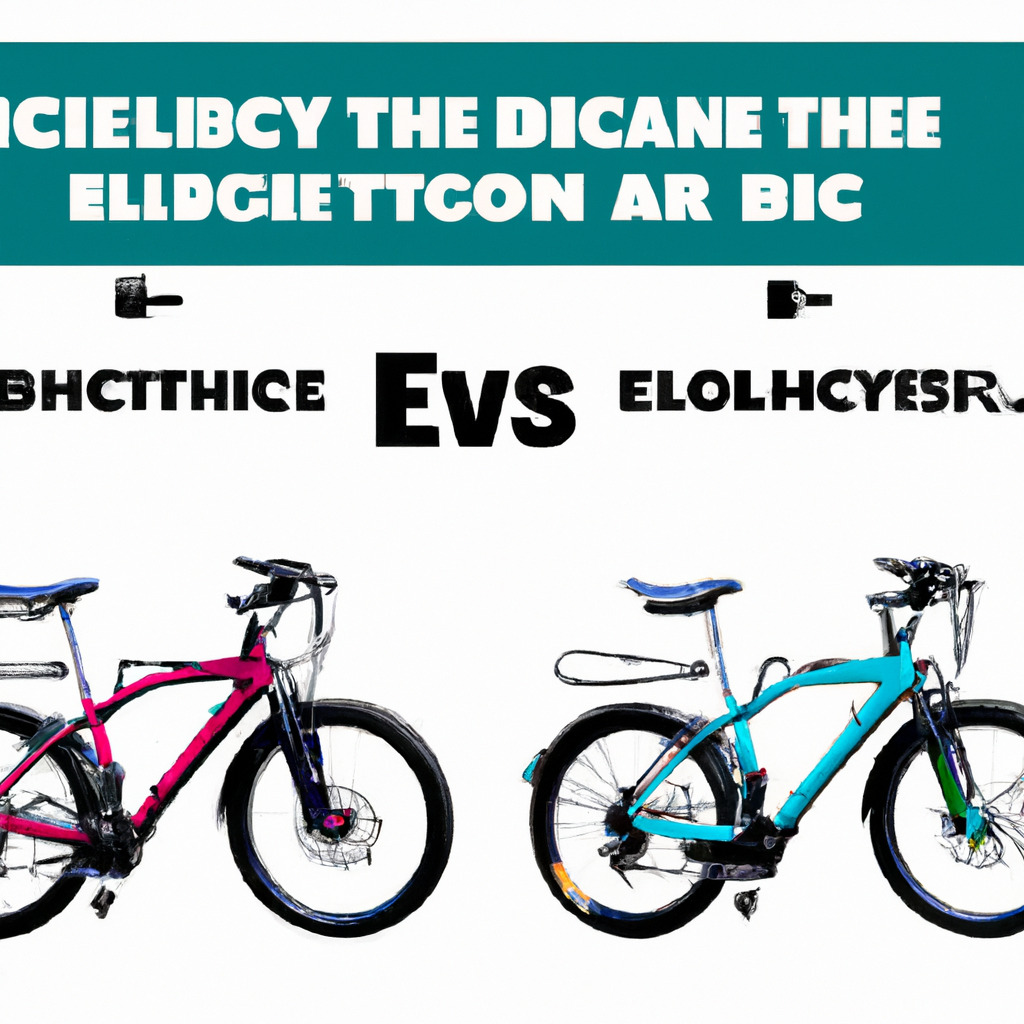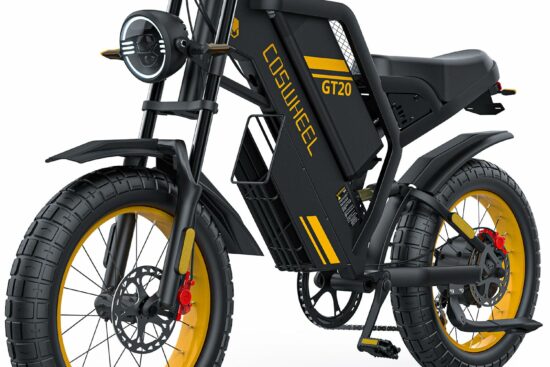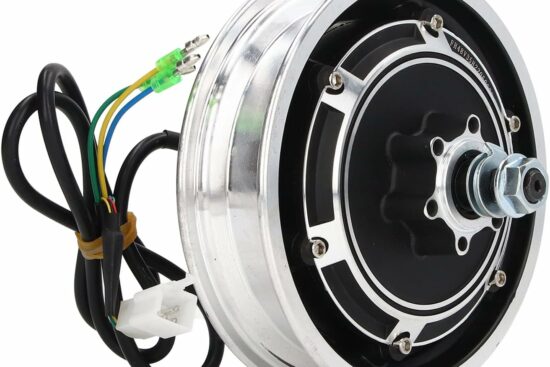
Electric bikes, also known as e-bikes, have gained significant popularity in recent years. With technological advancements and growing concerns over climate change, more and more people are considering these eco-friendly modes of transportation. However, if you’re new to the world of electric bikes, you may wonder how they differ from traditional bikes. In this article, we will explore the key distinctions between electric bikes and their conventional counterparts, shedding light on their unique features, benefits, and limitations. Whether you’re a cycling enthusiast or someone seeking a more sustainable and efficient mode of transportation, understanding the differences between electric bikes and traditional bikes is essential in making an informed decision.
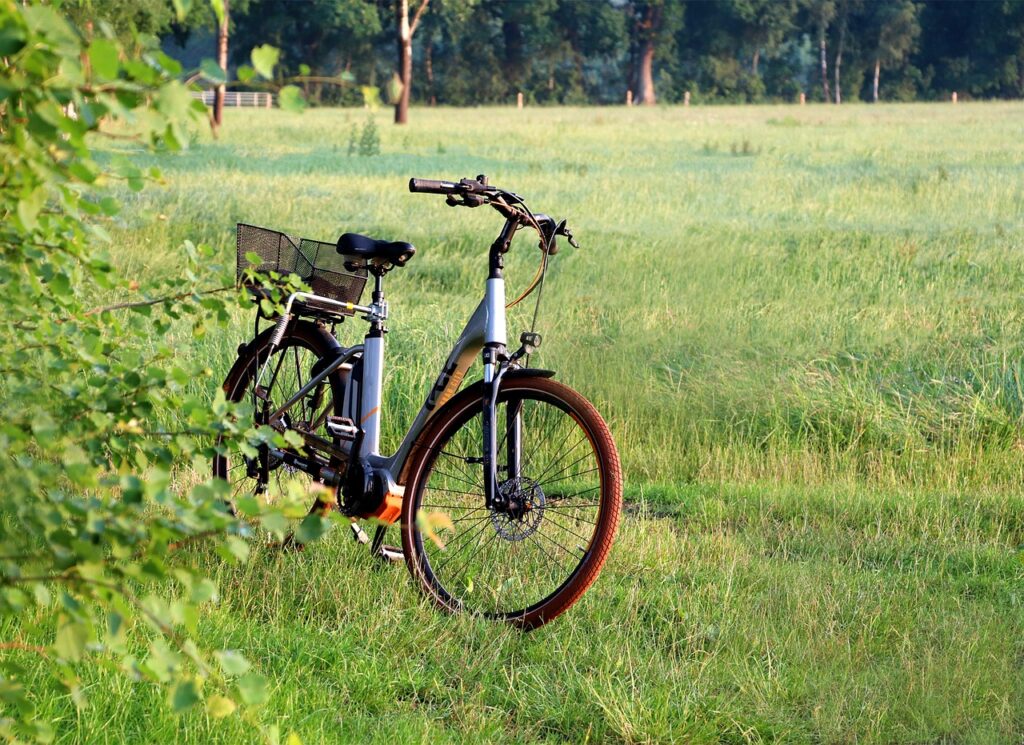
1. Definition of Electric Bikes
Electric bicycles, commonly known as e-bikes, are a type of bicycle that are equipped with an electric motor to assist in propulsion. These bikes combine the traditional features of a bicycle with the convenience and power of an electric motor. On the other hand, traditional bikes refer to the standard bicycles that rely solely on human power for propulsion, with no additional motor or battery assistance.
1.1. Electric Bikes
Electric bikes, also known as e-bikes, are bicycles that integrate an electric motor to assist with pedaling. These bikes come in various forms, including pedal-assist and throttle-controlled models. With a pedal-assist e-bike, the electric motor provides assistance when the rider pedals, augmenting their effort and making pedaling easier. Throttle-controlled e-bikes, on the other hand, allow the rider to activate the motor with a twist or push of a button, without the need for pedaling. The electric motor in e-bikes is powered by a battery that can be charged via an electrical outlet.
1.2. Traditional Bikes
Traditional bikes, on the other hand, are the conventional bicycles that have been used for centuries and continue to be popular today. These bicycles rely solely on human power for propulsion, with no electrical assistance. Riders control their speed and performance through pedaling and shifting gears. Traditional bikes are available in various styles, such as mountain bikes, road bikes, and hybrid bikes, catering to different riding preferences and terrains.
2. Power Source
2.1. Electric Bikes
The primary power source for electric bikes is a rechargeable battery, typically lithium-ion. These batteries store electrical energy that is used to power the electric motor and provide assistance to the rider. E-bike batteries come in different capacities and voltages, and their range depends on factors such as the terrain, weight of the rider, speed, and level of assistance used. The battery can be easily removed from the bike and charged using a standard electrical outlet.
2.2. Traditional Bikes
Traditional bikes, as mentioned earlier, do not have an additional power source. The rider relies solely on their physical energy to pedal and propel the bike forward. This makes traditional bikes a sustainable and environmentally friendly mode of transportation, as they do not emit any greenhouse gases or consume any non-renewable energy sources.
3. Battery and Motor
3.1. Electric Bikes
Electric bikes are equipped with a battery and motor that work together to provide assistance to the rider. The battery powers the electric motor, which is typically located in the hub of the rear wheel or in the crankset. The motor assists the rider by providing additional power when pedaling, making it easier to ride uphill or maintain higher speeds. The power output of the motor can vary depending on the model and type of e-bike, ranging from 250 watts to over 1000 watts.
The battery and motor system in e-bikes can be controlled and adjusted through a display or control panel located on the handlebars. This allows riders to select different levels of assistance or adjust the motor’s power output according to their preferences and riding conditions. E-bike motors are designed to be quiet and efficient, ensuring a smooth and enjoyable riding experience.
3.2. Traditional Bikes
Traditional bikes, as mentioned earlier, do not have a battery or motor. The rider relies solely on their leg power and pedaling technique to propel the bike forward. This means that the speed and performance of a traditional bike are entirely dependent on the rider’s physical abilities. While this can provide a challenging workout and a sense of accomplishment, it also means that riding uphill or against strong winds can be more difficult without the assistance of a motor.
4. Speed and Range
4.1. Electric Bikes
One of the key advantages of electric bikes is their ability to provide assistance and increase speeds without exerting excessive physical effort. The electric motor in e-bikes allows riders to reach speeds of up to 20 mph or more, depending on the model and local regulations. The speed can be controlled and adjusted through the display or control panel, allowing riders to ride at a comfortable pace.
The range of an electric bike refers to the distance it can travel on a single charge of the battery. The range can vary depending on factors such as the battery capacity, level of assistance used, terrain, and rider weight. Typically, e-bikes can achieve a range of 20 to 70 miles on a full charge, although some high-end models may offer even greater range. It is important to note that riding at higher speeds or using maximum assistance levels can reduce the range of the e-bike.
4.2. Traditional Bikes
Traditional bikes rely on the rider’s physical effort and pedaling power to determine the speed and range. The speed achieved on a traditional bike depends on the rider’s fitness level and technique, as well as the terrain and conditions. It is common for experienced cyclists to reach average speeds of 14-16 mph, while professional cyclists can reach much higher speeds.
The range of a traditional bike is not limited by a battery and can theoretically be unlimited, as long as the rider has the stamina and strength to continue pedaling. However, factors such as fatigue, terrain, and weather conditions can affect the distance that can be covered in a single ride.
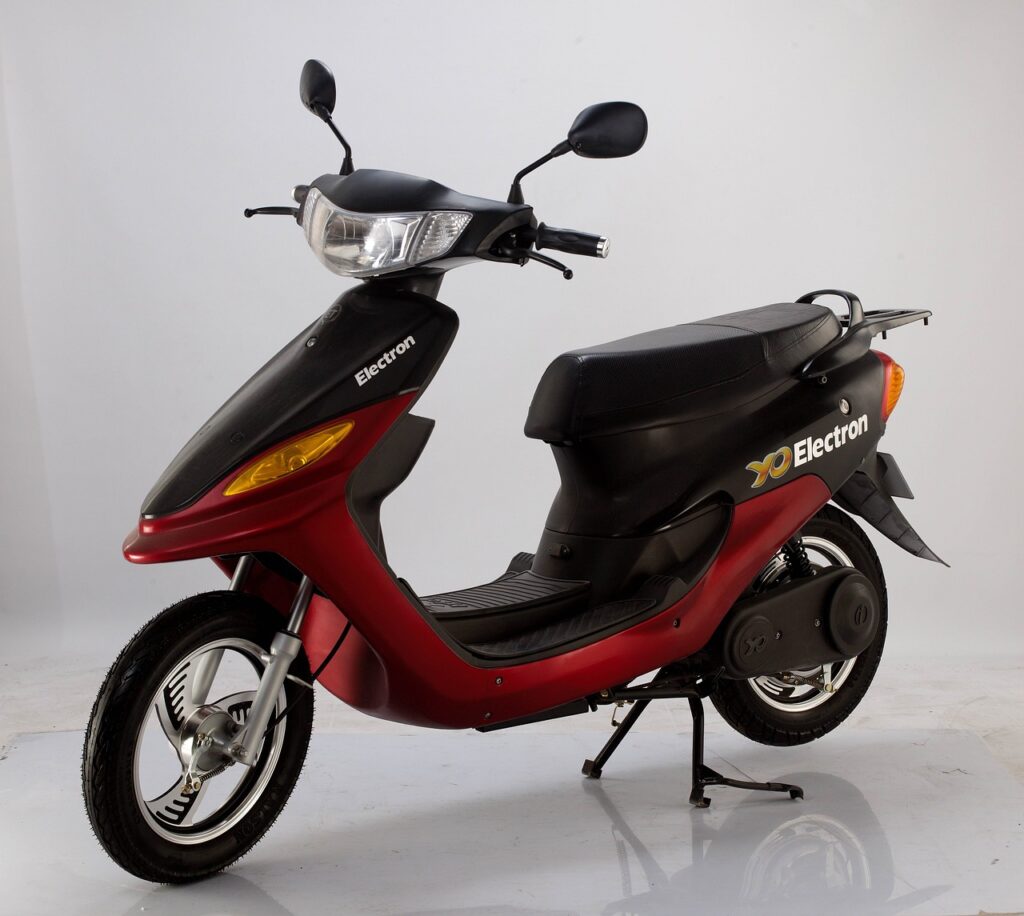
5. Pedaling and Assistance
5.1. Electric Bikes
Electric bikes offer a unique pedaling experience with the assistance provided by the electric motor. Most e-bikes are equipped with a pedal-assist system, which means that the motor provides assistance when the rider pedals. This assistance can be adjusted through different levels, allowing riders to choose the amount of assistance they desire. The electric motor seamlessly amplifies the rider’s pedaling power, making it easier to tackle difficult terrain or maintain a consistently higher speed.
In addition to pedal-assist, some e-bikes also offer throttle-controlled systems. With a throttle-controlled e-bike, riders can activate the motor with a simple twist or push of a button, without the need for pedaling. This makes these e-bikes suitable for riders who may have mobility or physical limitations.
5.2. Traditional Bikes
Traditional bikes rely solely on the rider’s physical effort to pedal and propel the bike forward. The rider’s leg power and pedaling technique are crucial in determining the speed and control of the bike. Riding a traditional bike requires more exertion and energy from the rider, especially when facing uphill climbs or challenging terrain.
While traditional bikes do not offer the added assistance of an electric motor, some riders may see this as an advantage. Riding a traditional bike provides a more engaging and physically demanding experience, allowing riders to build strength, endurance, and improve their overall fitness level.
6. Terrain and Uphill Capability
6.1. Electric Bikes
Electric bikes excel in tackling various terrains and are especially beneficial when it comes to uphill climbs. The electric motor provides extra power and assistance, making it easier for riders to conquer steep inclines without exerting excessive physical effort. This makes e-bikes a popular choice for commuters, recreational riders, and those who live in hilly areas. The level of assistance can be adjusted to suit the gradient of the terrain, ensuring a smooth and controlled ride.
The electric motor in e-bikes also helps to flatten out headwinds, allowing riders to maintain a consistent speed even in challenging weather conditions. This can be particularly advantageous when riding long distances or against strong winds.
6.2. Traditional Bikes
Traditional bikes require the rider to rely solely on their physical strength and pedaling technique when tackling different terrains, including uphill climbs. While experienced cyclists may have the necessary strength and technique to conquer steep hills, it can be physically demanding and exhausting for novice or less fit riders.
Riding uphill on a traditional bike requires more effort and increases the intensity of the workout, making it a great choice for those looking for a challenging physical activity. However, riders who may have physical limitations or prefer a less strenuous ride may find it more difficult to navigate uphill sections on a traditional bike.
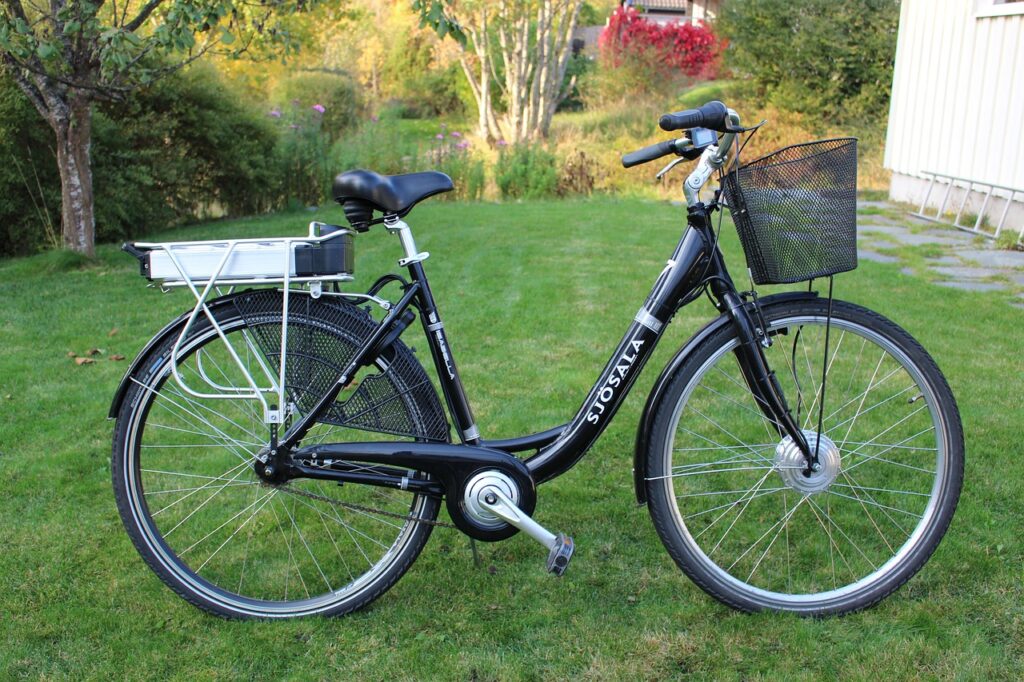
7. Environmental Impact
7.1. Electric Bikes
Electric bikes offer a greener and more environmentally friendly mode of transportation compared to traditional bikes. While they do require a battery, which needs to be charged, the overall impact is still lower than that of traditional bikes. E-bikes produce zero emissions during operation, reducing air pollution and contributing to cleaner and healthier cities.
Additionally, electric bikes can help reduce the carbon footprint by replacing short car trips or commuting. By choosing an e-bike over a car, riders can significantly reduce their contribution to greenhouse gas emissions and mitigate the negative effects of climate change.
7.2. Traditional Bikes
Traditional bikes have long been recognized as an environmentally friendly mode of transportation. They produce no greenhouse gas emissions and do not contribute to pollution. By choosing to ride a traditional bike instead of using a motorized vehicle, individuals can reduce their carbon footprint and contribute to a more sustainable environment.
Riding a traditional bike also helps promote a healthier lifestyle and reduces dependence on fossil fuels. With the increasing concern for environmental sustainability, traditional bikes continue to play a crucial role in promoting eco-friendly transportation options.
8. Cost
8.1. Electric Bikes
Electric bikes generally have a higher upfront cost compared to traditional bikes due to the additional components and technology involved, such as the battery and motor. The cost of an e-bike can vary depending on factors such as brand, quality, features, and performance capabilities. Higher-end models with more powerful motors and longer battery range tend to be more expensive.
In addition to the initial purchase cost, electric bikes may require ongoing maintenance and battery replacements over time, which can further add to the overall cost. However, the cost of charging the battery is relatively low compared to the cost of fuel for motorized vehicles, making e-bikes a cost-effective transportation option in the long run.
8.2. Traditional Bikes
Traditional bikes, on the other hand, have a lower upfront cost compared to electric bikes. The price of a traditional bike can vary depending on factors such as brand, materials, components, and design. Generally, traditional bikes are more affordable and accessible to a wider range of individuals, making them a popular choice for daily commuting, recreational riding, and exercise.
While traditional bikes may require occasional maintenance and repairs, the cost is typically lower compared to e-bikes. Traditional bikes do not require battery replacements or charging costs, making them a more economical transportation option in terms of long-term ownership.
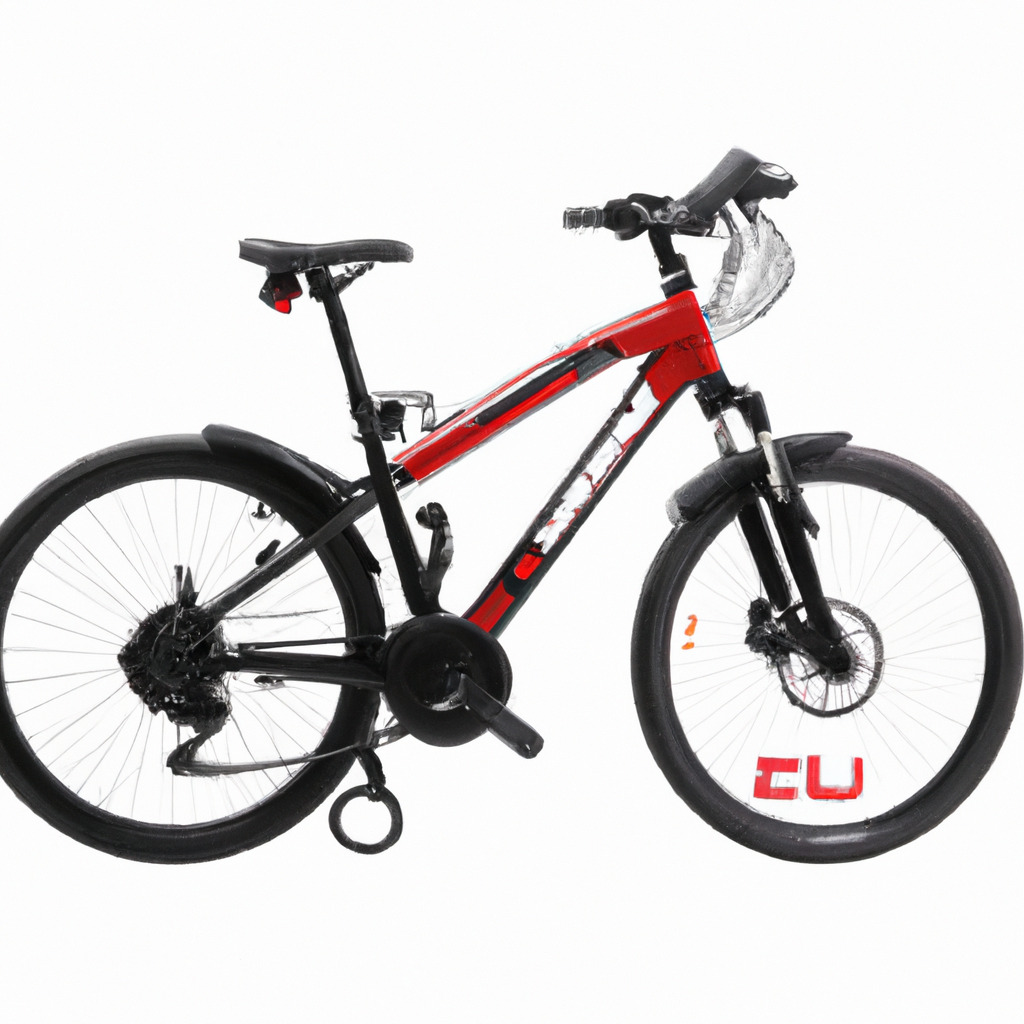
9. Maintenance and Repairs
9.1. Electric Bikes
Electric bikes require regular maintenance and care, similar to traditional bikes, but with some additional considerations. The battery and motor components of e-bikes may require periodic inspections, firmware updates, and potential repairs. It is important to keep the battery charged and maintain it according to the manufacturer’s instructions to maximize its lifespan and performance. Routine check-ups and servicing by a qualified technician can ensure that the electric components of the e-bike are functioning optimally.
In terms of the mechanical components, such as brakes, gears, and tires, e-bikes share similar maintenance requirements with traditional bikes. Regular cleaning, lubrication, and adjustments are necessary to ensure optimal performance and safety. It is recommended to consult the manufacturer’s guidelines and seek professional assistance for any repairs or technical issues.
9.2. Traditional Bikes
Traditional bikes also require regular maintenance to ensure safe and efficient operation. This includes regular cleaning, lubrication of the chain, adjustment of brakes and gears, and inspection of tires for wear and tear. Performing routine checks and maintaining the mechanical components of the bike can extend its lifespan and enhance the riding experience.
Repairs to traditional bikes are generally more straightforward and can often be done by the rider or a local bike shop. Replacement parts for traditional bikes are widely available and generally more affordable compared to e-bike components. With some basic knowledge and tools, many routine maintenance tasks and repairs can be performed by the rider themselves.
10. Accessibility and Inclusivity
10.1. Electric Bikes
Electric bikes provide increased accessibility and inclusivity in transportation. The electric motor assist makes it easier for individuals with physical limitations, injuries, or less physical strength to ride a bike. E-bikes can level the playing field and allow people of different ages, fitness levels, and abilities to enjoy cycling and the benefits it offers.
For individuals who may have long commutes or face challenges in riding traditional bikes, electric bikes provide a viable alternative that reduces physical exertion while still promoting physical activity. Commuting to work, running errands, or participating in recreational activities becomes more accessible and enjoyable with e-bikes.
10.2. Traditional Bikes
Traditional bikes also offer accessibility and inclusivity, although they require more physical effort compared to electric bikes. People of all ages can ride traditional bikes and benefit from the exercise, freedom, and sense of accomplishment that cycling provides. However, traditional bikes may pose challenges for individuals with certain physical limitations or those who require additional assistance due to health conditions.
For those who are physically capable and prefer a more physically engaging experience, traditional bikes offer a wide range of options and styles to suit individual preferences and riding needs. The affordability and simplicity of traditional bikes make them accessible to a larger portion of the population, promoting healthy and active lifestyles.
In conclusion, both electric bikes and traditional bikes have their own unique features and advantages. Electric bikes provide assistance through an electric motor, allowing for higher speeds, longer range, and easier uphill climbs. They are environmentally friendly and offer increased accessibility. On the other hand, traditional bikes rely solely on human power, providing a more physically engaging experience and promoting a sustainable mode of transportation. Ultimately, the choice between electric bikes and traditional bikes depends on individual preferences, needs, and circumstances.
